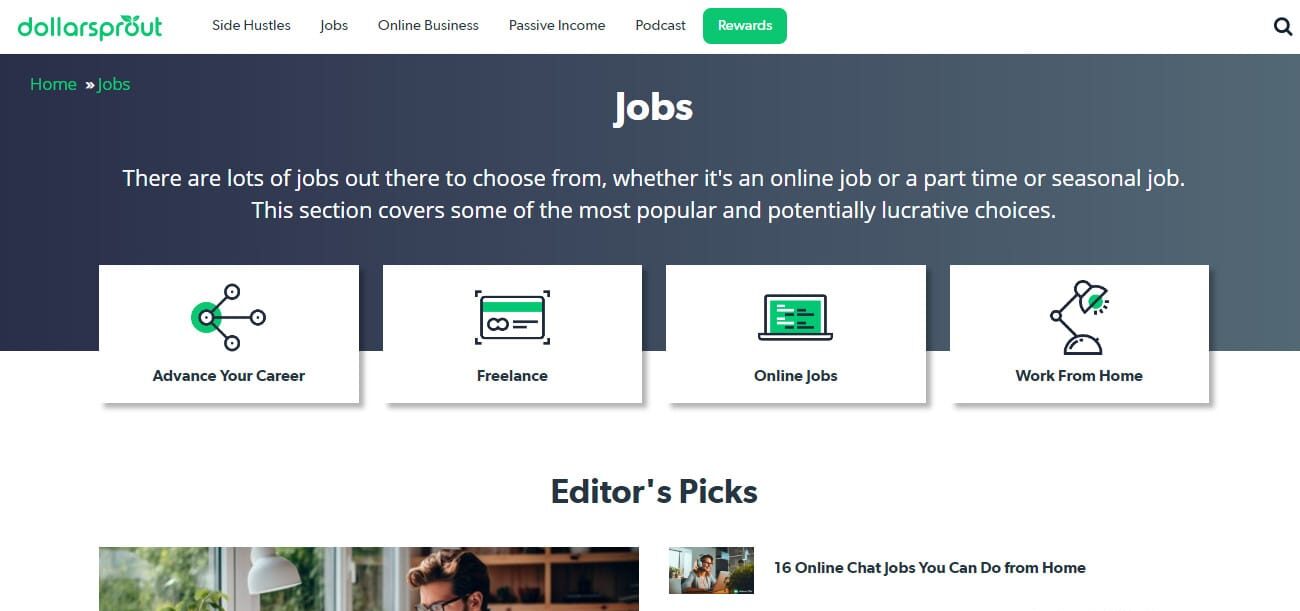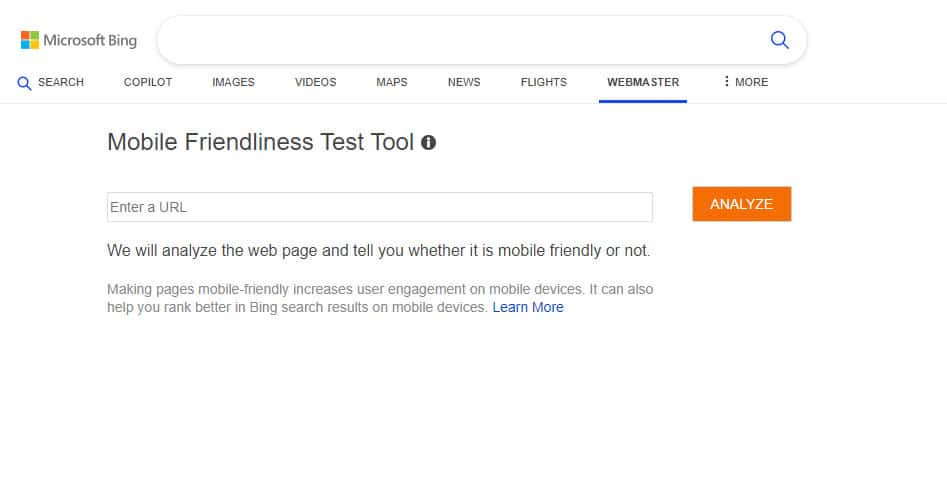Imagine that someone types in a question in the search engines and you have the perfect answer. But if your site isn’t technically sound, search engines might miss it entirely.
So technical SEO is about becoming fluent in the language of the search engine so that they can easily understand your website and deliver your content to those searching for your expertise.
So in this article, we’ll talk about some of the best practices for technical SEO.
Good Website Structure
A well-structured website is essential for both user experience and search engine optimization. A clear and organized layout helps visitors easily navigate the site, and find the information they need.
Additionally, search engines favor websites with good structure, as it makes it easier for them to understand the content and index it appropriately.
Here are some proven strategies you can use to improve your website structure.
Linking Your Orphan Pages
In case you don’t know, one of the ways search engines discover, crawl and index pages is
through visiting links.
So if you have created a new page on your site and other pages that were already indexed are linking to the new page, there is a high chance that the search engines will quickly find, crawl and index that new page.
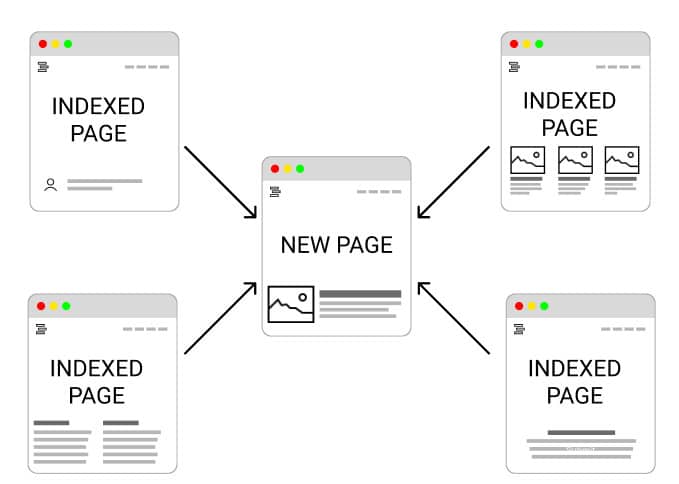
So if you have any pages that do not have any links pointing to them, in other words, “orphan pages”, then it is a good idea to add links to them.
Organize Your Site Content In a hierarchy
You also need to have a proper hierarchy for your overall content structure.
Now, there are many different hierarchies and organizational structures for a website. There is a silo structure that involves organizing information into distinct self-contained compartments or silos.

Each silo typically represents a topic or category, and information within a silo may not interconnect with information from other silos. The silo structure is often recommended by SEOs as it gives search engines a clear idea of what the content in the silo is about.
You can also consider other content structures like the hubs and spokes structure, which involves a central hub page that links out to multiple related spoke pages, which in turn link back to the hub creating a strong interconnected network of related content.

Or the topic gateway model that features a main gateway page, typically a category page, that provides an overview of a broad topic, which links to various in-depth subtopic pages that expand on different aspects of the main subject.
Example like dollarsprout.com category pages
There is no right or wrong way to structure your site, but you should choose one or a combination of the models to make it easier for your site visitors to navigate through your site.
Whether you run a new or an established site, having a clear overview of your content structure, maybe using tools like Canva, Google Sheets or Miro Mind Mapping will help you avoid keyword cannibalization on multiple pages competing for the same keyword and intent.
Site Navigation
A good website structure must be accompanied by user-friendly navigation, otherwise everything will be in vain.
A well-designed navigation menu is crucial for helping visitors interact and navigate to the pieces of content or categories they are looking for.
Also, much of the traffic comes from mobile devices, so we should also have the hamburger navigational menus.
And then for every site, there should always be a footer menu that typically contains the important pages, the legal information, contact details, and other relevant sections.
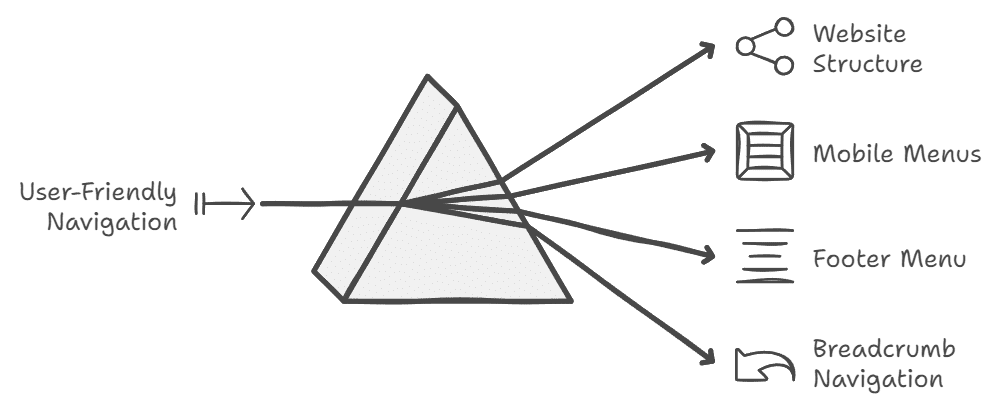
As for blogs, you can add breadcrumb navigation to show users where they are on the website and how they reached that point.
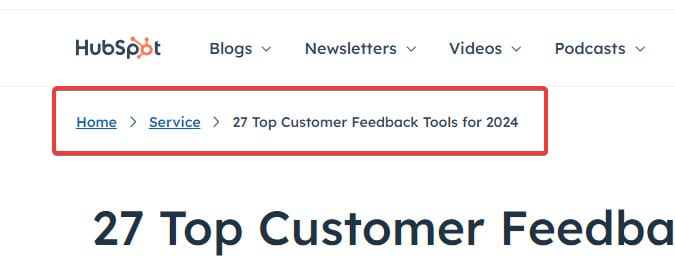
These links make site navigation easier by helping users easily navigate to higher-level pages without the need to repeatedly use the back button or go through complex menu structures.
Find & Remove Duplicate Content
Duplicate content is when you have the same or nearly the same content on multiple pages on your site.
Even though Google doesn’t penalize sites for having duplicate content, duplicate content can cause issues and make crawlers confused about the content on the page.
Hence, finding and removing duplicated content is part of technical SEO.
And to identify duplicate content, what we recommend you do is visit a free tool like siteliner.com.

What you want to do is to add your site’s URL and analyze it. Give it a while. Once it is analyzed, you can check out the duplicate content and then see which pages have a match percentage of more than 20%.
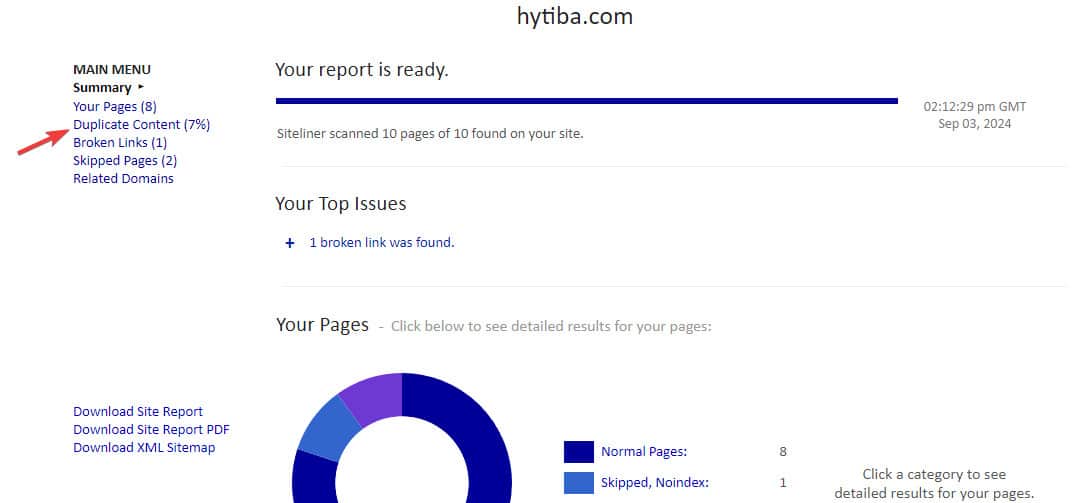
It is normal if it is a category page, a shop page or the home page.
Submit Your XML Sitemaps
You should always have an XML sitemap and submit it to the search engines.
An XML sitemap is a file that serves as a crucial navigational guide for search engines. It lists all a site’s available URLs, including the date of the last modification.
It is like a roadmap for your site.
You can locate your sitemap by typing in the URL: yourdomnain.com/sitemap.xml
Then go to the Google Search Console and click “Indexing” => “Sitemaps” from the sidebar.
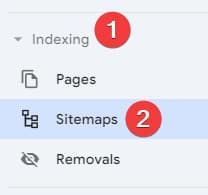
Then, paste your sitemap URL in the field and click “Submit.”

Now you only need to wait for Google to process your sitemap then you should see a confirmation message like this:

Structured Data
With AI’s growing role and influence in search, making it easy for search engines to consume and understand your content is crucial. And that’s where structured data or schema markups come into play.
By adding the right schema markups, your pages can win rich snippets.
Rich snippets are more appealing search results with additional information appearing under the title and description.
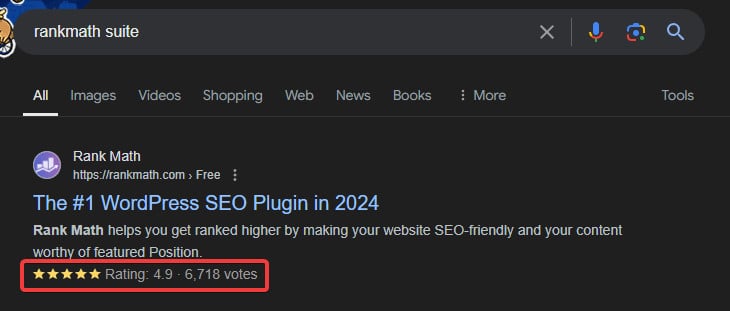
Rich snippets also help make your pages stand out from others. Which can improve your click-through rate (CTR).
Google supports many schema markups, so choose one that best fits the pages you want to add structured data.
You can use this free schema markup generator tool so you don’t have to write the code by hand.
And if you’re using WordPress, you can use the Rank math plugin to implement schema markups to your website.
Mobile Optimization
According to Statista, mobile internet traffic accounts for almost 60% of total web traffic, while in mobile-first markets such as Asia and Africa, it accounts for an even larger share of web page views.
Not only that, Google prioritizes the mobile version of a page for indexing as well. So neglecting mobile optimization for your site is not an option. And to be honest, most modern WordPress themes are already mobile optimized by default.
So if you run a website that was set up years ago, you should either hire a web developer to revamp your site or move over to a modern WordPress theme.
Bing has a tool that will help analyze any page of your site for mobile friendliness.
Page Speed Optimization
PageSpeed optimization is another piece of the puzzle for technical SEO because Google uses PageSpeed as a ranking factor in its algorithm.
You can use Google’s PageSpeed Insights tool to check your website’s current speed.

Website Security
In the era of data breaches and cyber attacks, ensuring that your site is secure is super important.
One of the most essential site security is to have your site on the Hypertext transfer protocol secure (HTTPS) instead of the hypertext transfer protocol (HTTP)
It helps protect user information like passwords and credit card details from being compromised.
You can check whether your site uses HTTPS by simply visiting it, and checking in the URL if it has the HTTPS.
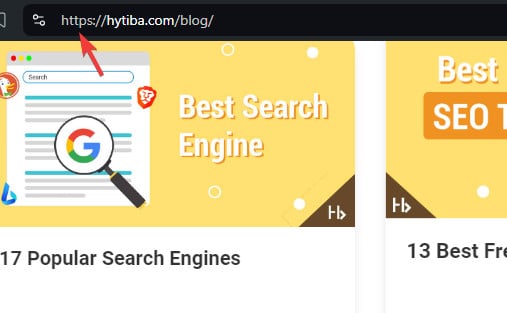
To get HTTPS for your site, you will need to install a secure sockets layer (SSL) or transport layer security (TLS) certificate.
An SSL/TLS certificate authenticates the identity of the website. And establishes a secure connection when users are accessing it.
You can get an SSL/TLS certificate for free from Let’s Encrypt.
Nowadays, HTTPS is a norm for all websites and if you want your sites to rank on the search engines, it is a requirement.


